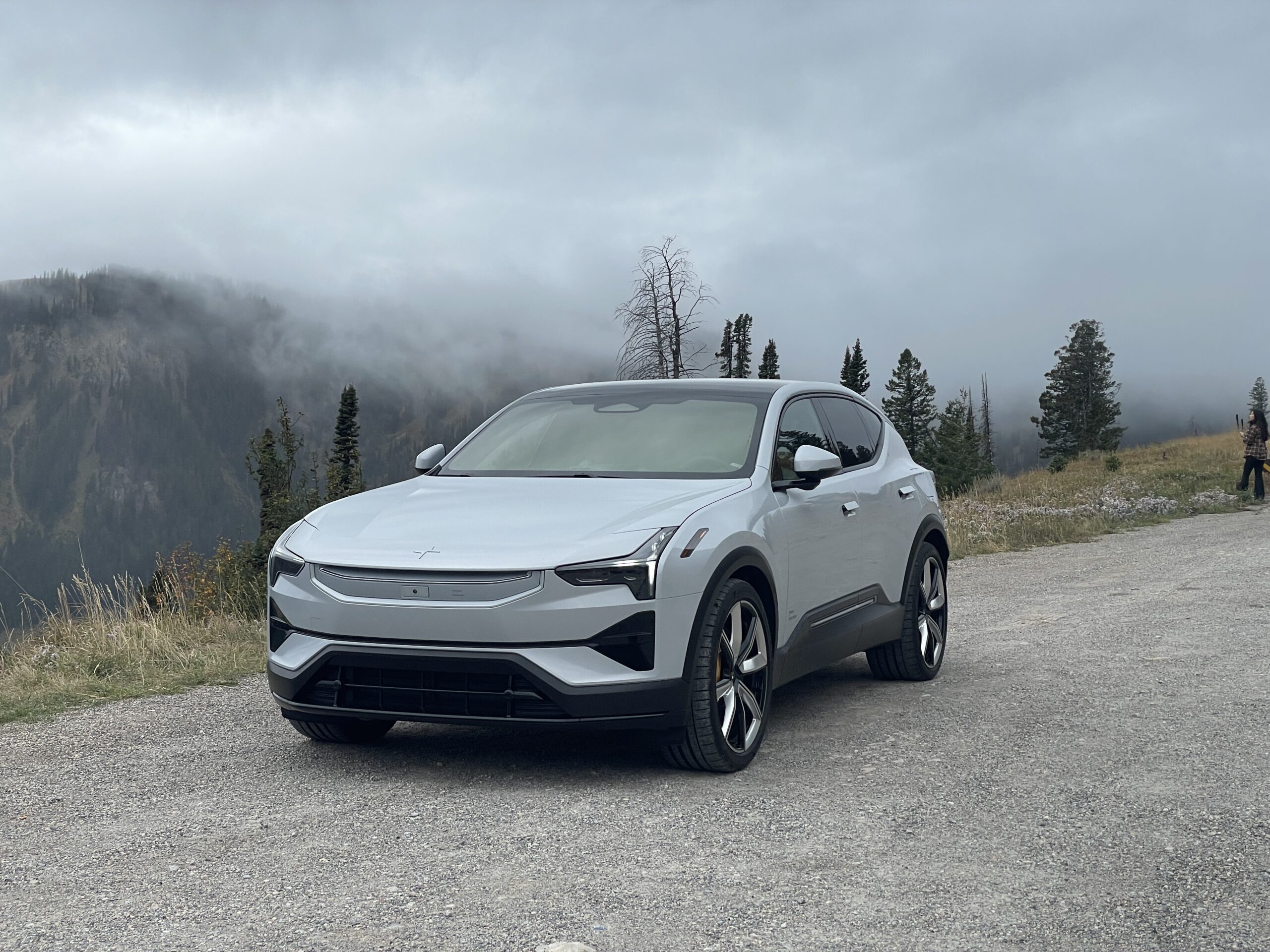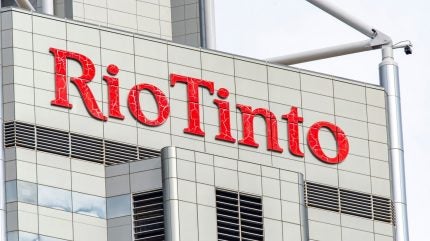Support CleanTechnica’s work through a Substack subscription or on Stripe.
Last Updated on: 26th August 2025, 10:35 pm
In my travels in Vermont this week, I stopped at Ben and Jerry’s factory in Waterbury. Wherever a visitor meanders on the campus, it’s evident that the company loves making ice cream. It’s also clear that they’re applying a particular business model in their beliefs that they can make the world a better place.
Perched on a hillside with a rolling valley below, the site breathes 802 fun. The One World logo is visible on the side of the factory as visitors arrive. The parking lot has half a dozen EV chargers. An ice cream flavor graveyard is quite clever, with its rhymes and reasons why flavors are no longer with us. Cow art hangs from interior ceilings. A “yardstick” to measure height is calculated with pints. In a Welcome video to the factory tour, we learn that Ben and Jerry’s gives away ice cream all day once a year.
Ben and Jerry’s mission is to impart a progressive, nonpartisan social mission: they do what they can to meet human needs and eliminate injustices in local, national, and international communities. They work to integrate these concerns into their day-to-day business activities. One of their areas of focus is an acknowledgement that the manufacturing of products, by definition, creates waste.
Solid waste contributes directly to greenhouse gas emissions through the generation of methane from the anaerobic decay of waste in landfills and the emission of nitrous oxide from solid waste combustion facilities.
The Ben and Jerry’s team knew that ice cream manufacturing creates dairy waste too intense to send to the local wastewater treatment facility. It is illegal in the state of Vermont to dispose of organic material like food waste, kitchen scraps, into a trash bin that will go to the landfill. Everybody is legally required to send their food waste to some sort of processing strategy.
What could they do to divert food waste from landfills and convert it into electricity to help reduce climate change?
The “Gut” in Ice Cream Waste Management
The Ben and Jerry’s ice cream plant in St. Albans, VT can churn out over 100 million pints of ice cream a year. When it’s time to switch flavors, it takes an intensive cleaning of the pipes that push the residue into waste. Then there’s the question of what to do once the waste is collected. Food waste in landfills produces methane — a potent greenhouse gas — that can escape to the atmosphere and contributes to climate change.
William Brangham reported for PBS how Ben and Jerry’s chose an alternative process that works a lot like our own bodies do when we eat: anaerobic digestion. The digestion process produces methane and carbon dioxide, which, if allowed to just leave the reactor would contribute to climate change, but, when it is captured and used, it’s called biogas.
Think about it: how do our bodies digest the food we eat? Our guts process what we consume, right? And you’ve probably heard of the human microbiome — all the bacteria, viruses, fungi, archaea, and eukaryotes that inhabit the human body.
So at Ben and Jerry’s they have created, in essence, a large constructed gut. It converts high-strength organic waste and out-of-spec food products into renewable energy and clean water.
PurposeEnergy and Ben and Jerry’s signed a long-term feedstock agreement in 2021, laying the groundwork for the St. Albans facility. Ben and Jerry’s sends production waste streams through a dedicated pipeline directly to the facility. PurposeEnergy CEO Eric Fitch goes on to explain how the wastewater goes into big tanks with bioreactors. “Inside the bioreactors, there are bacteria that just metabolize whatever we’re feeding it,” he says. It’s one of over 2,000 nationwide and receives up to 50,000 gallons a day of waste.
Eric Roy, an ecological engineer at the University of Vermont, says the anaerobic digester is full of microbial life, “and that microbial life is digesting the material and turning it into methane gas, which we can then capture and use as an energy source.”
Construction for the regional anaerobic digesters commenced in May 2023, and the facility began exporting electricity to the Vermont grid in December 2024. Their manufacturing plants commit to measuring and reducing their environmental impacts in four performance areas: water, solid waste, energy, and CO2 emissions. The waste goes into a methane digester, along with other farm waste, and it generates renewable energy.
A big engine turns a big generator that produces electricity, goes through a transformer, and out to the grid. This system puts out a little over a megawatt, which is about enough to power 1,300 homes in Vermont.
Leftover particulate matter is removed from the water. The water then goes to the local community’s water treatment plant. They remove over 99% of all the particles and contaminants in it. The digester also produces phosphorus-rich solids — a natural soil amendment. All of that phosphorus that comes into the plant from the concentrated food waste, and they coagulate it with an iron salt. The result is iron phosphate. Employees can take it home and put it in our their gardens, as it is a useful product now for agriculture.
Roy describes how the goal is to try to produce useful fertilizers and also inform best practices for how to use it, “because if nutrients aren’t used properly, they can run off to the water and cause environmental problems.”
Vermont’s Lake Champlain gets algae blooms a lot in the summer, and that’s due to phosphorus loading in waterways. Dairy inherently has phosphorus in it. And so they want to make sure that the phosphorus is not getting into the watershed.
“This project strengthens Ben and Jerry’s commitment to environmental sustainability by providing a long-term solution for organic waste,” said Ben and Jerry’s Global Sustainability Manager Jenna Evans. “It will reduce Vermont’s road traffic, lower greenhouse gas emissions, and decrease Phosphorous pollution.”
By piping waste to the digester, Ben and Jerry’s reduces its carbon footprint. Instead of sending over 600 trucks a year out on the highways across New England to dispose of this waste, they’re eliminating hundreds of trips there and back. “This facility represents a major step forward in sustainable infrastructure for food manufacturing in Vermont,” said Erik Lallum, chief development officer of PurposeEnergy. “It’s a model of industrial symbiosis — turning food production waste into clean energy, reducing emissions, and supporting local economies.”

Sign up for CleanTechnica’s Weekly Substack for Zach and Scott’s in-depth analyses and high level summaries, sign up for our daily newsletter, and follow us on Google News!

Have a tip for CleanTechnica? Want to advertise? Want to suggest a guest for our CleanTech Talk podcast? Contact us here.
Sign up for our daily newsletter for 15 new cleantech stories a day. Or sign up for our weekly one on top stories of the week if daily is too frequent.
CleanTechnica uses affiliate links. See our policy here.
CleanTechnica’s Comment Policy




